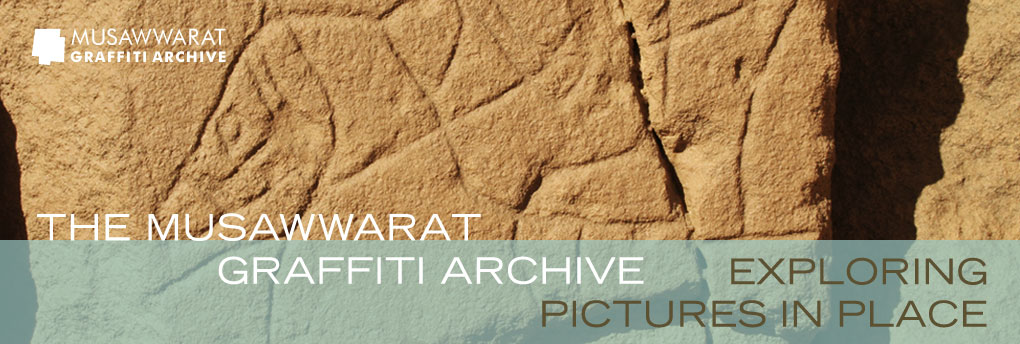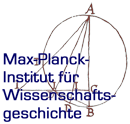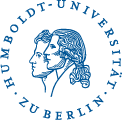Photogrammetry
During the March 2015 field season, the photogrammetric documentation of walls and their graffiti was tested together with the research value of 3D-models created from such (digital photographic) recording efforts. In past years, whenever funding could be obtained, other 3D (i.e. Structured Light Scanning in 2009) and 2 1/2D (i.e. Reflectance Transformation Imaging in 2011 and 2012) documentation methods were explored with the aim of identifying an affordable and site/material-appropriate method (or combination of methods) with which to create digital 3D-visualisations of the block surfaces and their graffiti. These visualisations can serve as valuable research tools and resources as well as virtually preserving the fragile inscriptional and pictorial graffiti of Musawwarat. While both methods resulted in good results, they were either too expensive or had other limitations (e.g. regarding the size of wall sections captured, investment of time, etc.) to serve as appropriate recording methods for large numbers of walls and graffiti.
A (student) project led by Ole F. Unhammer of the University of Bergen, Norway, applied photogrammetric recording to a large number of wall surfaces during the March 2015 field season. The project needed to be rapidly expanded to address various preservation issues observed during that field season and hence, as many walls and graffiti as possible in the time given were documented. This included those walls that showed damage, but also walls and graffiti that were still in (very) good condition in order to preventively preserve these (at least virtually). Recording took place at different resolution: lower or medium resolution for entire walls, medium or high resolution for wall sections, and high and very high resolution of graffiti or graffiti groups. The specific methodology was developed on site during a rapid testing programme during the first and second weeks of the March 2015 season. Pragmatic solutions were developed that included working at different resolution within individual walls, i.e. capturing blocks with ancient graffiti at higher resolution and other parts at lower resolution, and combining these datasets in the process of 3D-modelling. This type of wall documentation can be enhanced in future field seasons with more photographs, and the resolution of the 3D models increased. For the moment, the goal was to capture as many graffiti as possible in their wall contexts, with coverage of about 50% of the Great Enclosure achieved in the March 2015 season. The next field season will be dedicated to the completion of the photogrammetric record, which can then be supplemented as need with higher resolution photographs.
The photogrammetric documentation was evaluated in the field in terms of quality and completeness of the coverage for each wall section captured: point clouds and a first mesh were created at low resolution and, if necessary, supplementary photos were taken. The time-consuming creation of high resolution models and orthophotos from the photographic documentation will take place over the coming months at Humboldt-University in Berlin, where faster computers are available and a sufficient supply of electric power for complex graphics calculations can be guaranteed. While the state of preservation of many of the graffiti and their wall support gives reason for concern and solutions need to be found that address the in-situ preservation of this body of archaeological material, the Musawwarat Graffiti Project has made further progress in documenting and virtually preserving the inscriptions, images and markings on the walls of the Great Enclosure.
Participants: Ole F. Unhammer, Robert Kell & Cornelia Kleinitz
Text: Cornelia Kleinitz (2015)






